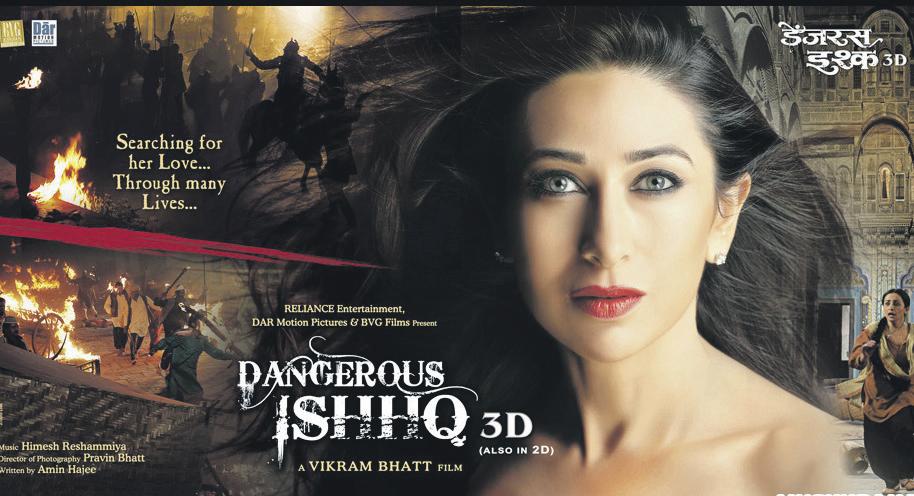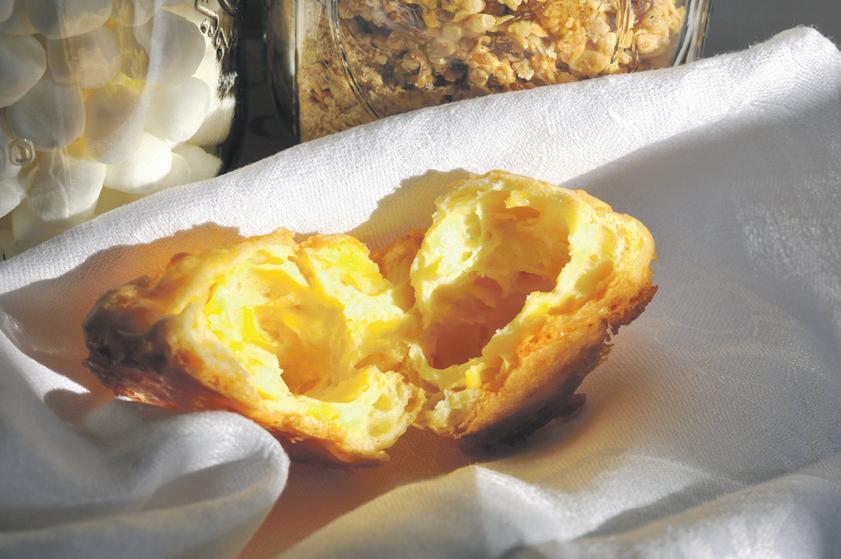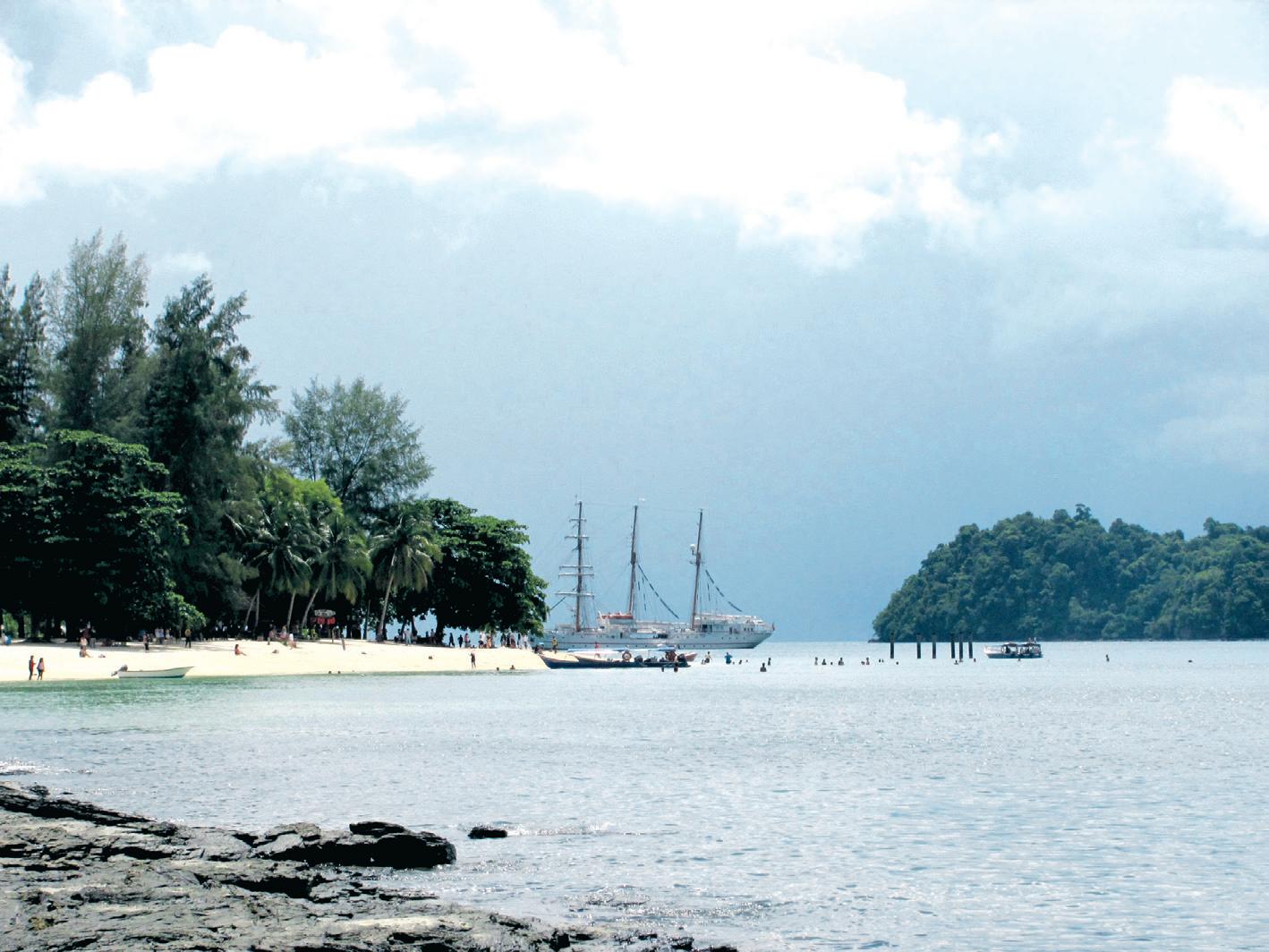
3 minute read
LangkawiLush
from 2012-06 Sydney (1)
by Indian Link
BY PETRA O’NEILL
Just a 30km ferry ride from the northwest coast of Malaysia lies an archipelago of ninetynine pristine limestone islands collectively known as Langkawi. The region has abundant wildlife, mountains, caves, waterfalls, lush tropical rainforests, white sandy beaches, night markets offering a spicy array of inexpensive Malay hawker cuisine and some of the most luxurious resorts in Asia. Only two of Langkawi’s islands are inhabited. For centuries, ships brought traders here from Thailand, Malaysia, Indonesia, and are home to local fishermen and rice farmers. Schools, electricity and roads came only in the 1960s, and Langkawi remained off the tourist radar until 1986 when a former Prime Minister Mahathir bin Mohamad, who had worked there as a doctor, recognized its potential and encouraged investment.
For around $7, you can hop into a small boat to visit three islands – Beras Basah with a beautiful beach and warm jade tinted water, perfect for a refreshing swim; then to watch Bhahminy Kites and Sea Eagles dive for fish; and last to visit an island called Dayang Bunting or “Pregnant Maiden” with hills resembling a woman’s reclining body. A jungle track leads to a crystal clear lake. A macaque monkey crashed through the forest canopy and landed on my in it and squirted the water out. I ran for dear life to the end of the jetty, took out the wrapped banana that I’d brought along for a snack from the bottom of my bag and tossed it at the monkeys who were following me in hot pursuit. That slowed them down as I made my escape!
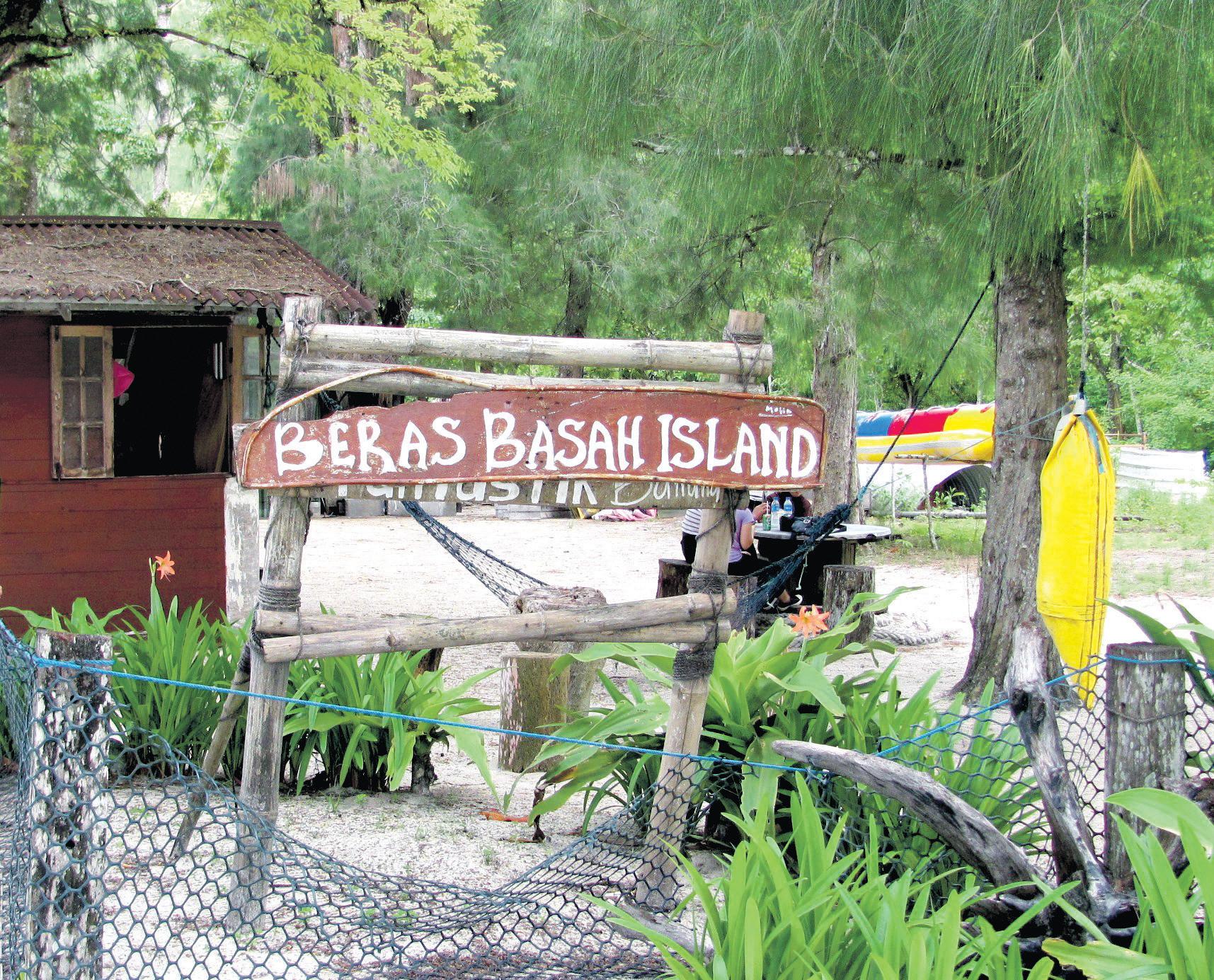
The next day I hired a taxi to explore the beautiful beaches to the north of the island. The Andaman and Datai hotels in a lush, primary growth rainforest setting, share a private secluded crescent beach of white sand and crystal clear turquoise water.
The Datai was Langkawi’s first luxury hotel and a naturalist’s paradise with a multitude of birds including kingfishers and hornbills, lizards, flying squirrels and tarantulas. I was ferried around the vast resort complex in a golf buggy by an affable staff member who offered to stop to allow me to look for tarantulas. He seemed disappointed that I found none. most well known is that of Mahsuri, a nineteenth century beauty sentenced to death on suspicion of adultery while her husband was off at war with the Siamese. As the blood ran from her veins, it turned white proving her innocence and bleaching the sand white. Her mausoleum is a popular tourist stop.
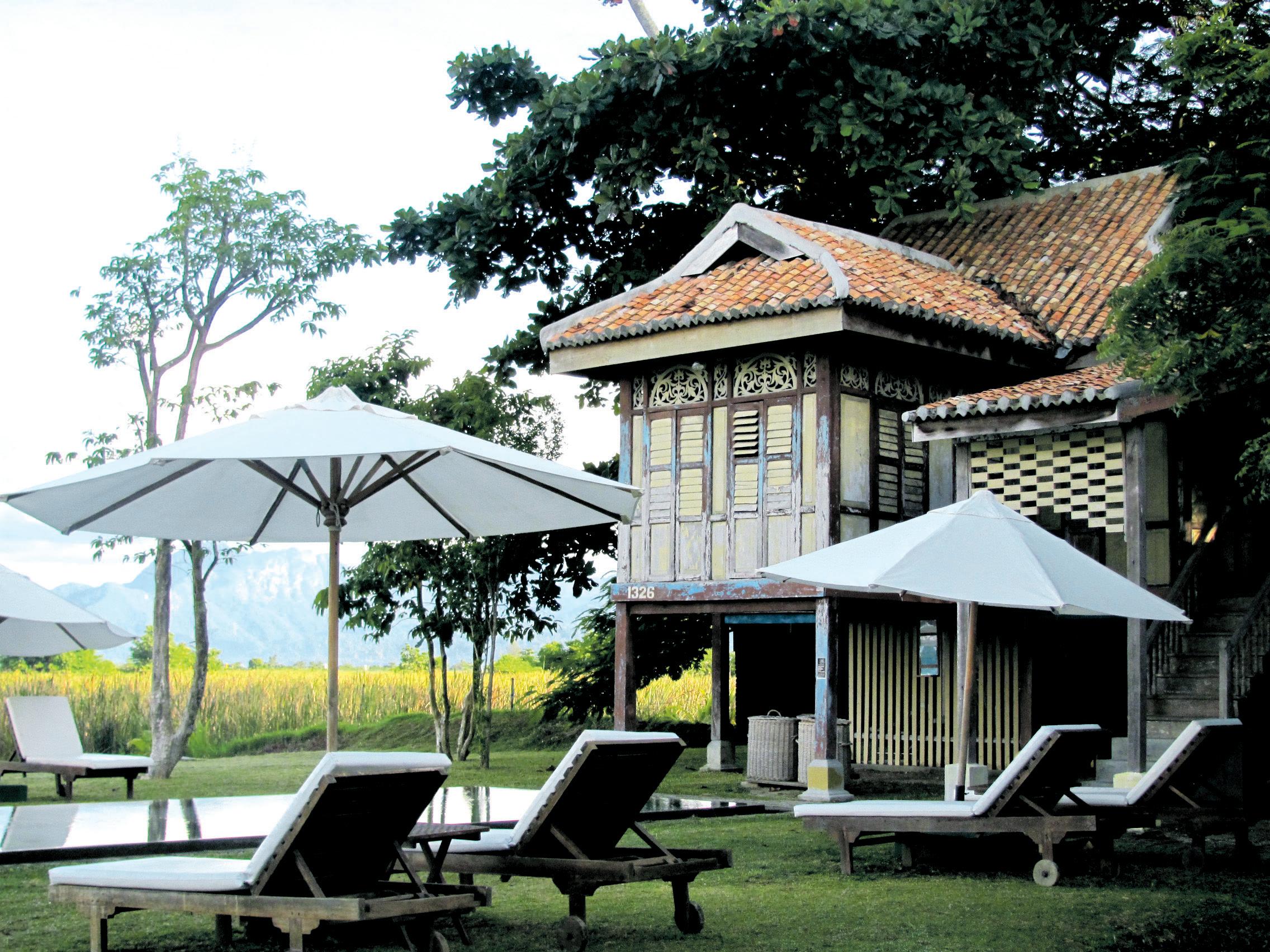
We drove by traditional villages, with mango, papaya and jackfruit trees that are cultivated in neatly tended gardens to Tanjung Rhu, another spectacular beach with a drier, more exposed landscape of casuarina trees. Further on are dense mangrove swamps that protect the coastline.
Telaga Tujuh is a waterfall that cascades through seven limestone pools. You can hike or go by cable car to the summit of Gunung Mat Cincang, Langkawi’s second highest mountain and at 550 million years, the oldest rock formation in Southeast Asia. During the steep ascent the islands of southern Thailand become visible.
I spent time at Pantai Tengah, the main backpacker area at the Sunset Beach Resort, a laidback, relaxed place, where I hired a pushbike for leisurely rides past rice paddies and grazing water buffaloes to explore nearby beaches. Langkawi is a popular destination for Malaysians on holiday and many families enjoyed strolls along the beach, while young couples dared each other to try parasailing.
Hawker markets are held each evening at a different locations by rotation with Sunday being the biggest and most popular. Malaysian cuisine, a fusion of Malay, Cantonese, Indian, Thai and Indonesian, is delicious.
In the neon lit markets it is remarkably varied and incredibly cheap. Sunday’s Padang Matsirat market has the atmosphere of a street fair as tinny music plays and families enjoy meals of seafood, noodles or nasi lemak, rice cooked in coconut milk and served in a spicy sauce.
For the final two nights I splurged at the Temple Tree, owned by Australian Narelle McMurtrie, who also runs Bon Ton Resort next door. Bon Ton is a cluster of eight traditional Malaysian Kampung houses that were rescued from demolition, reassembled and restored. Each is filled with Asian antiques and an eclectic array of knick-knacks and rich woven silk fabrics in a lush tropical garden setting. Temple Tree comprises eight mansions and colonial bungalows



